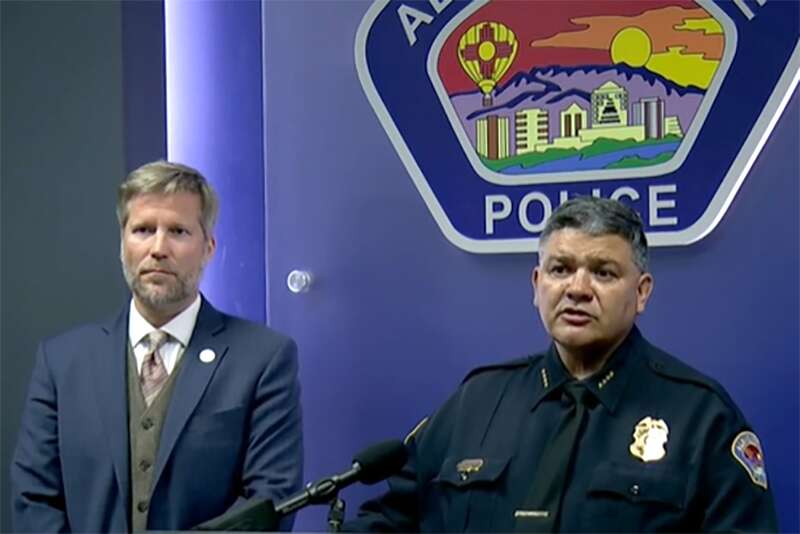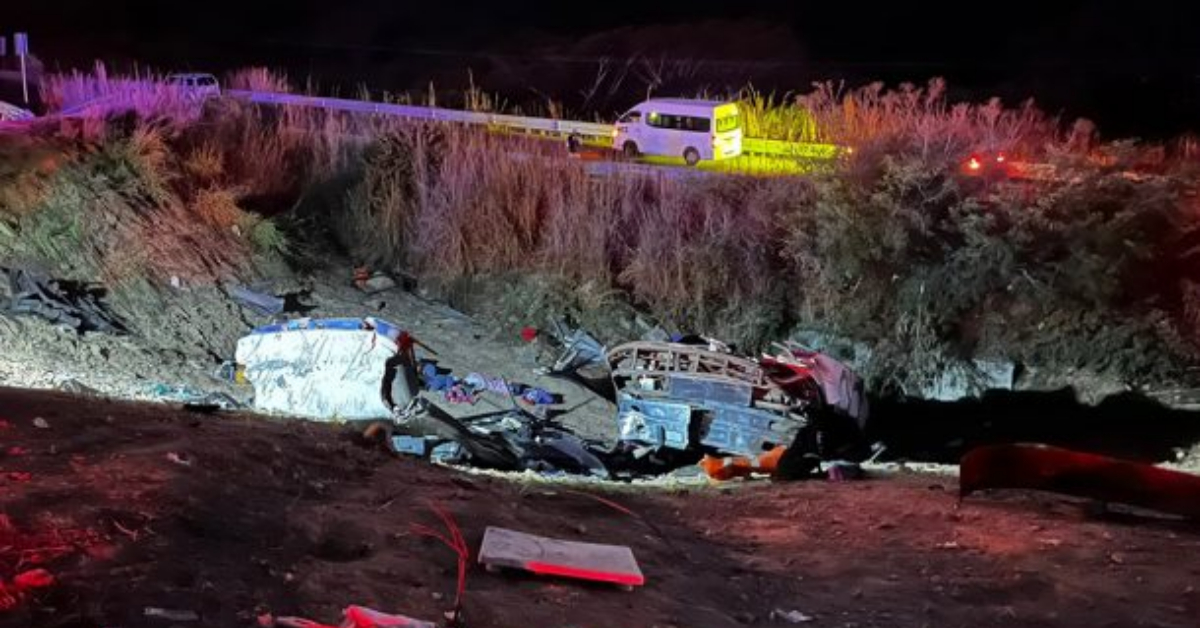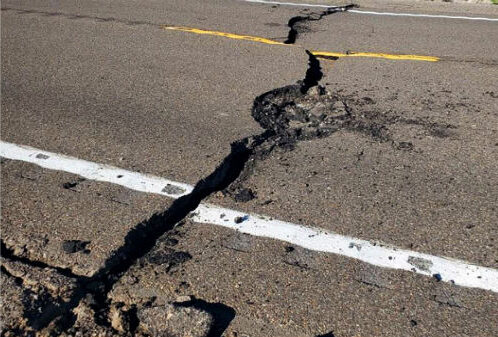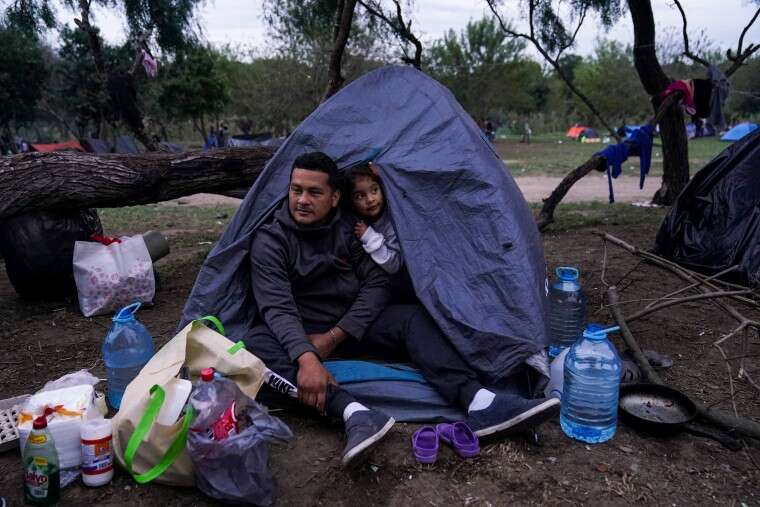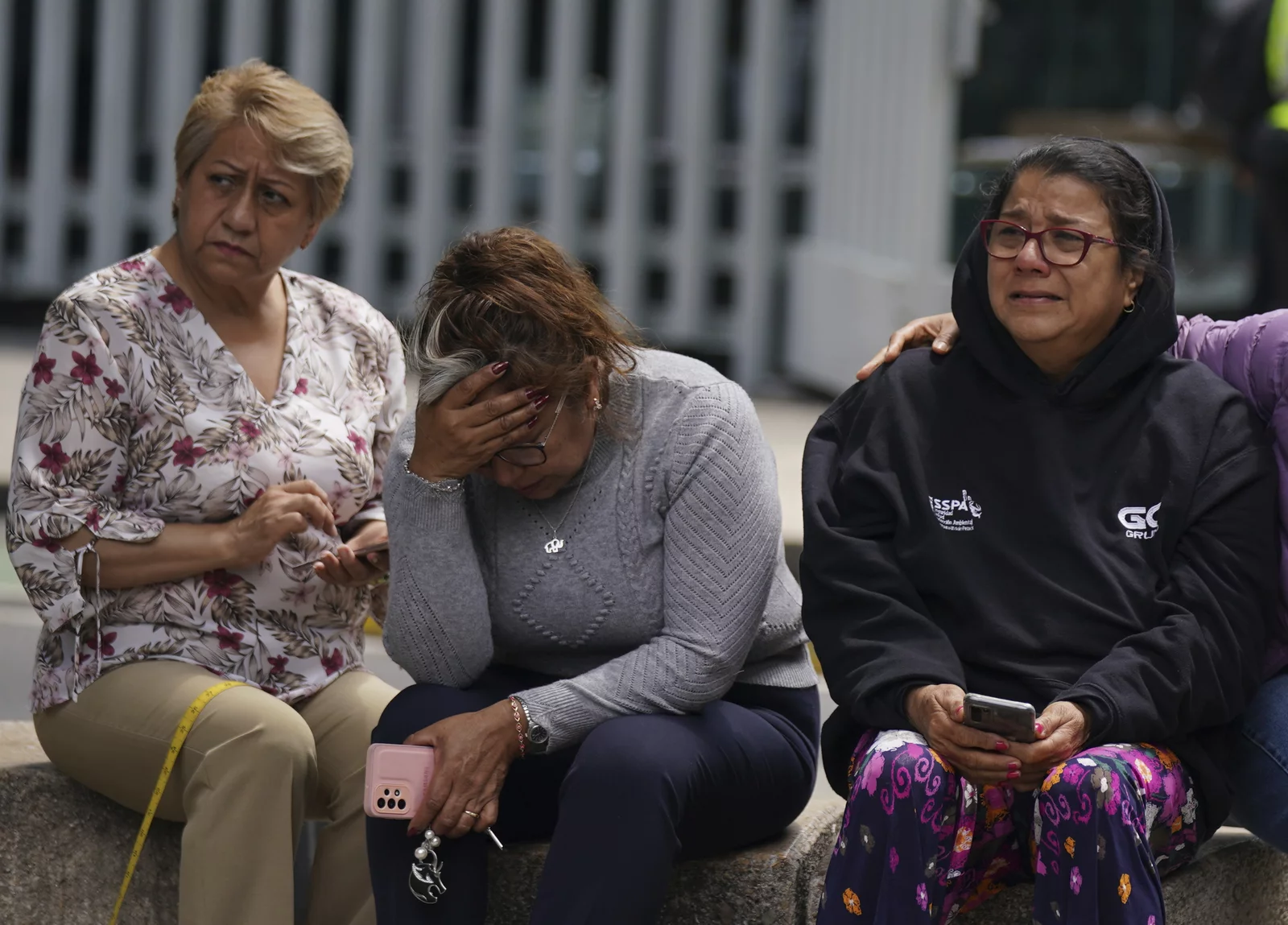
On the anniversary of two previous terrible quakes, a magnitude 7.6 earthquake jolted Mexico’s central Pacific coast on Monday, killing at least one person and sending off a seismic warning in the frightened capital.
There were early indications of building damage from the quake, which struck at 1:05 p.m. local time, according to the U.S. Geological Survey, which had first estimated the magnitude at 7.5.
The quake was centred 37 kilometres (23 miles) southeast of Aquila, on the border of the states of Colima and Michoacan, and had a depth of 15.1 kilometres (9.4 miles).
President Andrés Manuel López Obrador announced on Twitter that the secretary of the navy informed him that one person was murdered after a wall at a mall fell in the coastal city of Manzanillo, Colima.
Buildings were damaged in Coalcoman, Michoacan, near the quake’s epicentre, although there were no early reports of casualties.
“It started gently and then became incredibly forceful and lasted and continued until it started to cease,” Carla Cárdenas, 16, of Coalcoman, said. Cárdenas bolted from her family’s hotel and congregated with neighbours.
She stated that the hotel and several residences down the street had cracked walls, and sections of facades and roofs had broken off.
“In the hotel, the roof of the parking area boomed and fell to the ground, and there are cracks in the walls on the second floor,” Cárdenas said.
She stated that the town’s hospital had been severely damaged but had not heard of any injuries.
According to Mexico’s National Civil Defense organization, fluctuations of up to 32 inches (82 cm) in coastal water levels around the epicentre were conceivable based on historical data from tsunamis in Mexico. According to the U.S. Tsunami Warning Center, dangerous tsunami waves were likely for coasts within 186 miles (300 kilometres) of the epicentre.
Mexico City Mayor Claudia Sheinbaum stated that no damage had been reported in the capital.
The fresh quake was detected less than an hour after seismic sirens wailed in a statewide earthquake simulation commemorating large, fatal quakes that occurred on the same day in 1985 and 2017.
“This is a coincidence” that this is the third Sept. 19 earthquake, said U.S. Geological Survey seismologist Paul Earle. “There’s no physical reason or statistical bias toward earthquakes in any given month in Mexico.”
Nor is there a season or month for big earthquakes anywhere on the globe, Earle said. But there is a predictable thing: People seek and sometimes find coincidences that look like patterns.
“We knew we’d get this question as soon as it happened,” Earle said. “Sometimes there are just coincidences.”
Earle stated that the quake was unrelated to or triggered by the exercise an hour earlier, nor was it related to the catastrophic earthquake in Taiwan the day before.
Humberto Garza was carrying his 3-year-old kid outside a restaurant in Mexico City’s Roma neighbourhood. Garza, like many others milling about outdoors after the earthquake, claimed the earthquake alarm went off so fast after the yearly simulation that he wasn’t convinced it was real.
“I heard the alarm, but it sounded far away,” he said.
Outside the city’s environmental ombudsman’s office, dozens of employees waited. Some appeared visibly shaken.
Power was out in parts of the city, including stoplights, snarling the capital’s already notorious traffic.

